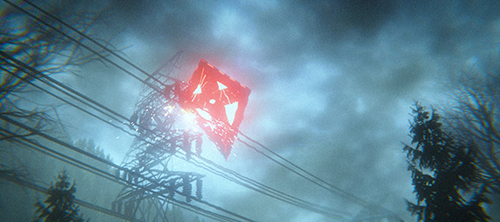
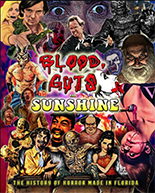 In shooting second-unit underwater footage three time zones to the east of Universal Pictures’ home, Creature from the Black Lagoon kicked off a semi-rich tradition in the annals of horror history: filming in Florida. A Florida filmmaker himself (Naked Cannibal Campers, Die Die Delta Pi, et al.), Sean Donohue attempts to herald the unheralded in his ambitious documentary, Blood, Guts and Sunshine: The History of Horror Made in Florida, with (extremely) brief commentary from the likes of Joe Dante, John Waters and John Landis.
In shooting second-unit underwater footage three time zones to the east of Universal Pictures’ home, Creature from the Black Lagoon kicked off a semi-rich tradition in the annals of horror history: filming in Florida. A Florida filmmaker himself (Naked Cannibal Campers, Die Die Delta Pi, et al.), Sean Donohue attempts to herald the unheralded in his ambitious documentary, Blood, Guts and Sunshine: The History of Horror Made in Florida, with (extremely) brief commentary from the likes of Joe Dante, John Waters and John Landis.
From Blood Feast to The Uh-Oh! Show, gore godfather Herschell Gordon Lewis often gets a lot of the credit for planting his camera in the Sunshine State, but Donohue aims to spread the love around — perhaps most notably to name-brand directors George A. Romero (Day of the Dead), Bob Clark (Deathdream) and William Grefé (Death Curse of Tartu). A step lower in quality, but not watchability, we find such cult items as Zaat and Satan’s Children.
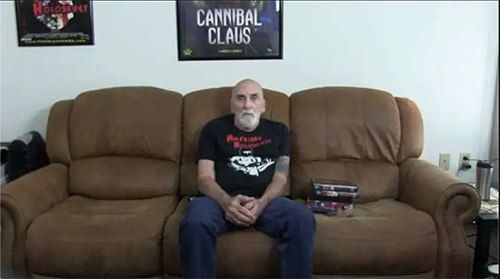
The most interesting segment shares the coming of age of the VHS generation, primarily Twisted Visions collaborators Tim Ritter and Joel D. Wynkoop. Deservedly something of Florida flick royalty now, Ritter recalls selling Day of the Reaper from a car trunk and remembers his Killing Spree lead, Asbestos Felt, as “always intoxicated, barely coherent.” (And that uproarious movie is better off for it, I should note.)
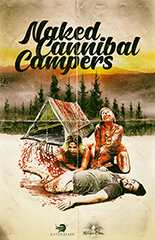 Most of the doc is devoted to those who followed in Ritter’s footsteps to carry on the Florida horror scene as it stands today, many of them wearing their very best tees and button-down Spider-Man shirts for the interviews. In general, Gustavo Perez’s bargain werewolf epic Light of Blood aside, their efforts look less like fun watches and more like exercises in misery and misogyny.
Most of the doc is devoted to those who followed in Ritter’s footsteps to carry on the Florida horror scene as it stands today, many of them wearing their very best tees and button-down Spider-Man shirts for the interviews. In general, Gustavo Perez’s bargain werewolf epic Light of Blood aside, their efforts look less like fun watches and more like exercises in misery and misogyny.
And that’s where Blood, Guts and Sunshine lost me. The clips Donohue chooses to showcase his own oeuvre would give Florida Gov. Ron DeSantis an aneurysm — maybe two. They range from an OB-GYN’s POV of barbed wire-wrapped bat headed for a phony round of genital mutilation (Death-Scort Service) to actual sexual assault captured on camera (Cannibal Claus). Regarding the latter, the titular actor Bob Glazier happily boasts of his improvisational skills that day: Getting turned on during an attack sequence, he pulls out his penis to masturbate over his female scene partner, even slapping her bare skin with it — all too underground for my comparatively delicate tastes.
Whether ’80s pastiches or truly exploitative exploitation, the aggression and attitudes of the newer, convention-crowd movies are not for everybody. Donohue acknowledges as much by including a rant from Unearthed Films’ Stephen Biro, presumably drunk, against their less-than-committed creative process: “None of these motherfuckers are taking acting lessons!” —Rod Lott

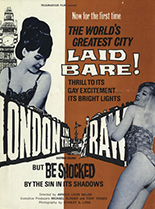
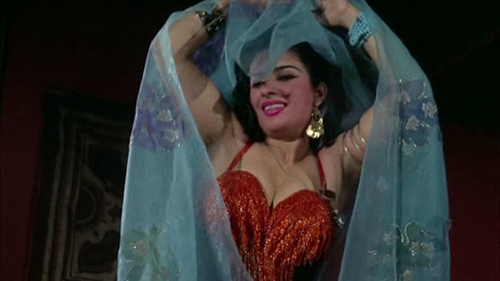

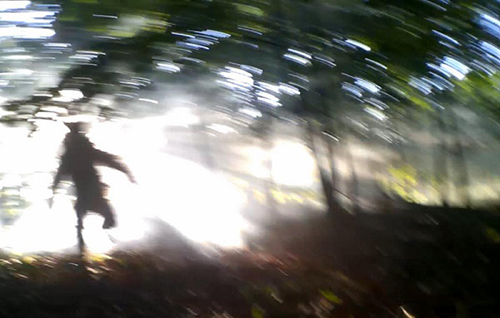
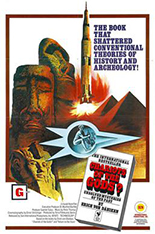
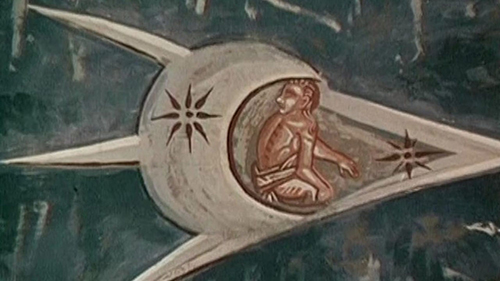
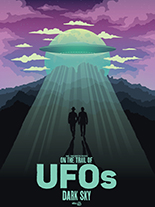 With his Small Town Monsters label, Seth Breedlove has, well, bred a cottage industry of documentaries on all things cryptozoological and/or mythological. After features on Bigfoot and
With his Small Town Monsters label, Seth Breedlove has, well, bred a cottage industry of documentaries on all things cryptozoological and/or mythological. After features on Bigfoot and 